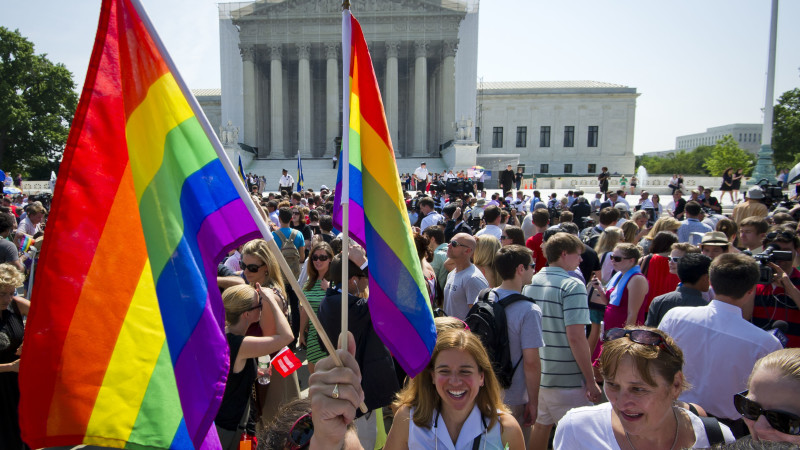The latest change in federal government practice due to the U.S. Supreme Court's decision last June to strike down the Defense of Marriage Act: students in same-sex marriages will be treated the same as straight married students when it comes to applying for federal financial aid. The change will occur on U.S. Department of Education's Free Application for Federal Student Aid — which all parents and students know as FAFSA. The application is used to assess a student's financial resources and need. If a student is married, that assessment can include a partner's financial status.
Here's the story from the Associated Press:
By Philip Elliott
Associated Press
WASHINGTON — Students in same-sex marriages will be treated the same as their straight married classmates when it comes to federal college loan applications, Education Secretary Arne Duncan said Friday in a shift that reflects this year's Supreme Court ruling that broadened gay rights.
"We must continue to ensure that every single American is treated equally in the eyes of the law, and this important guidance for students is another step forward in that effort," Duncan said in a statement.
